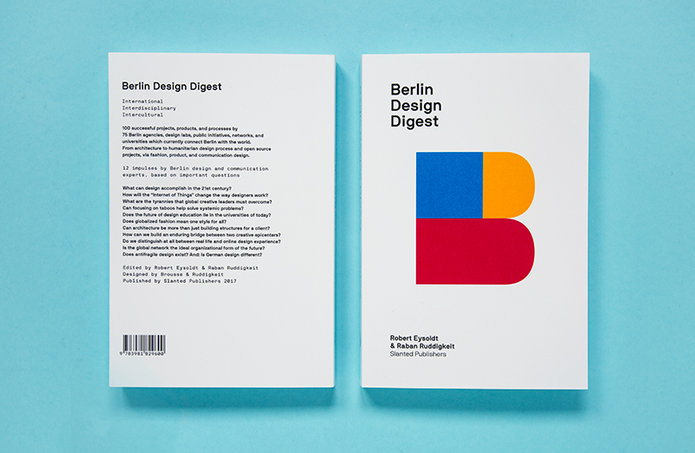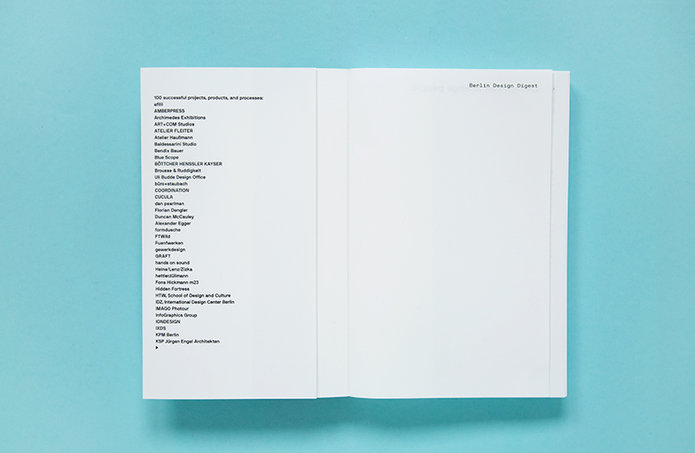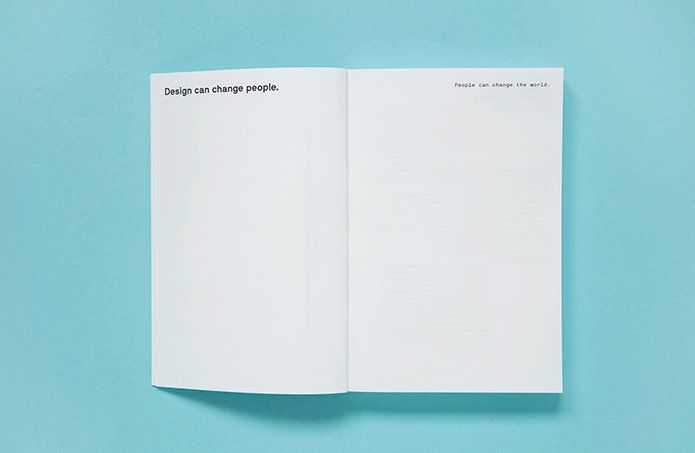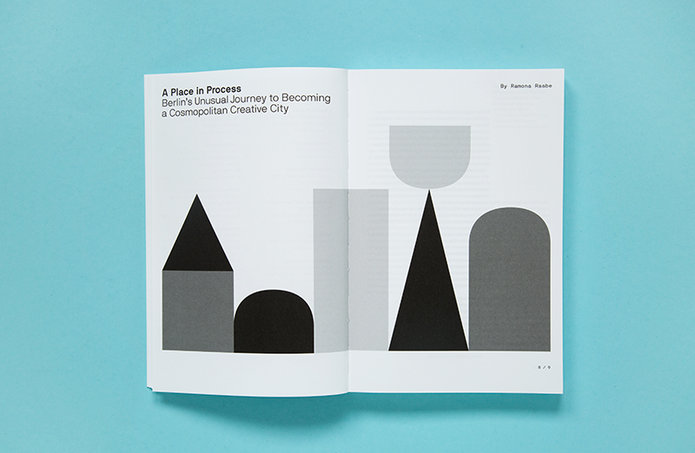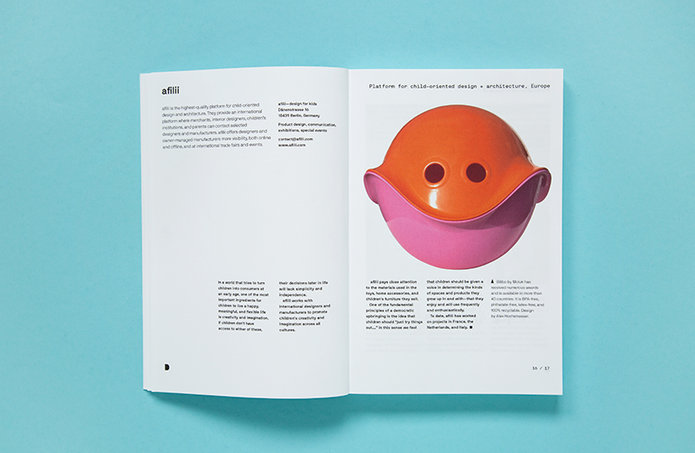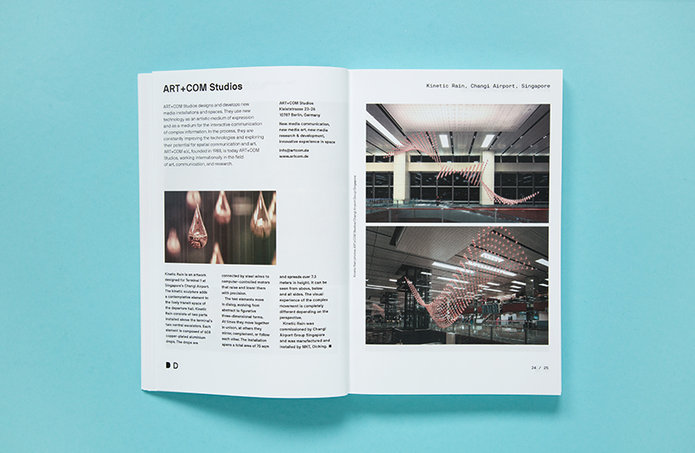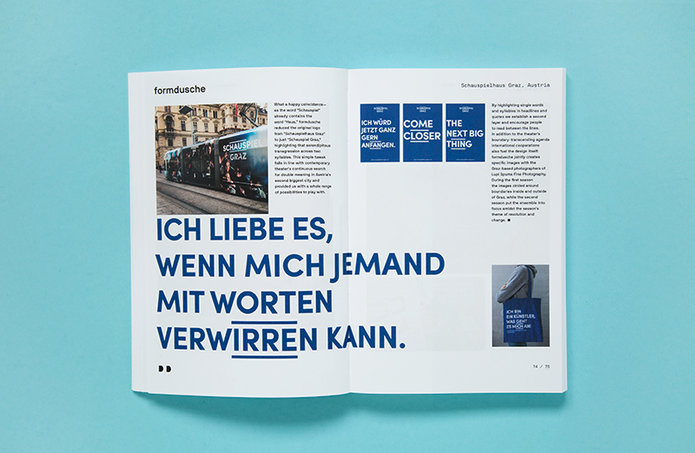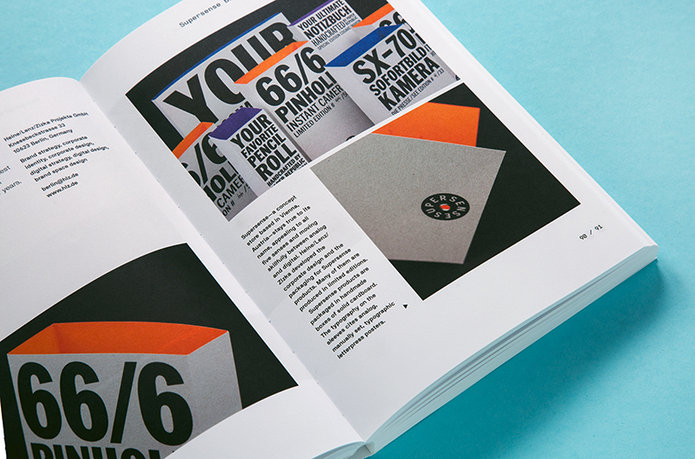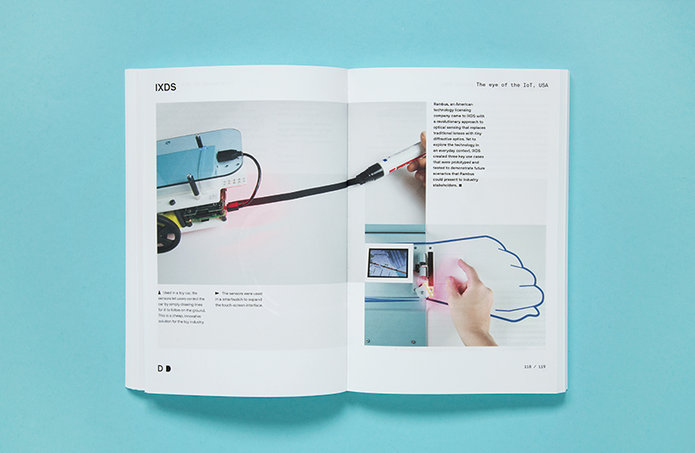April 22, 2017
Kai Wong’s 10 Tips for Becoming an All-Around Better Image Maker
We all want to become better filmmakers, and former DigitalRev host Kai Wong gives you some advice on how to do it.
I know, I miss DigitalRev too, but one half of the DV dream team, Kai Wong, is still making informative and hilarious gear reviews on his personal YouTube Channel. In his latest video, though, he takes a break from critiquing cameras to share a bunch of tips on how to become a better photographer/filmmaker. Check it out below:
There are so many things that can hinder you as a filmmaker, whether it’s something technical, like not having the right gear, or something psychological, like not having the confidence to pursue a career in filmmaking. But for every issue you face, there is always a solution, and half the battle is being able to recognize what that solution is.
Wong provides ten tips in his video on how to combat many of the pitfalls you run into as a photographer/filmmaker.
Source: NoFilmSchool
April 22, 2017
Watch: 7 Tricks for Customizing Your Nikon DSLR
Are you a Nikon shooter? Then these 7 customization tips will really help you out.
Cameras are tools that help us create images, and since they’re tools, they always work best when customized to fit our own personal needs. If your camera tool happens to be a Nikon, then you’re in luck because photographer Steve Perry has put together a video that shares seven tricks for customizing your Nikon DSLR. Keep in mind, though, that these are geared toward mid and pro-range bodies, excluding the D3 and D5 series, so not ever trick is going to work with your shooter.
Perry goes into a lot of detail in the video on how to customize your Nikon camera, but in case you want a simple overview to know what you’re getting, here are the seven tricks he talks about:
Source: NoFilmSchool
April 22, 2017
What is Interactive video? Why now? And how to get started?
Are you creating videos as part of your marketing strategy?
A recent study from Vidyard found that businesses are now creating an average of 18 videos per month. So most likely your are. Especially, if you’re also aware of Cisco’s recent prediction that 84% of Internet traffic will be video by next year. With all this exciting video action, there is one thing I can tell you with almost complete certainty: people are not watching your videos. I may be wrong. You may be Wes Anderson (in which case: Hi Wes! No need for you to keep reading, but please do drop me a line). But if you’re like most video producers, your creations have these two things in common:
- They are meant to promote a product or service
- Their drop-off curve is steeper than the North Face of the Matterhorn (one of the highest summits in the Alps and Europe.)
That’s the challenge of the day: faced with an abundance of content, and accustomed to multitasking, viewers will not stick around for your 5-minute presentation of whatever it is you’re selling.

A typical retention curve for a video on Facebook. Most of the users drop off after the very first seconds of the video.
I’ll argue in this article that what is needed is redefining the meaning of interactive video. I’ll also argue that interactive video has been done wrong in most if not all the previous attempts. Then I’ll demonstrate how interactive video can be effectively executed. Hopefully, when we get there, you’ll understand why marketers should pay more attention to interactive video in their campaigns.
What is interactive video?
A truely interactive video offers users a non-linear navigation experience, supported by embedded digital resources (e.g., images, videos, text bubbles, links, online forms etc.) for users to learn more.”
Interactive video is a concept that has been floated around, in many incarnations, for a very long time. Google it: there are some 45 million results right now. Nor is it a concept that originated on-line: I remember seeing a screening, at the Neuchatel International Film Festival, of Mr. Sardonicus, a 1961 movie whose projection was interrupted a couple of minutes before the end so that the audience may vote on which ending they preferred, good or bad — limited interactivity, yes, but interactivity nonetheless. There is also the work of Eko Studio for brands that follows the same logic and allows users to choose their storytelling adventures, as shown in this interactive Aldo spot.
The elephant in the room is really the “why”. Why would a film need to be interactive? After all, the main medium we think about when we think about the film is motion pictures. While there have been attempts to make these films interactive, such as the Mr. Sardonicus example above, most film lovers would agree that such gimmicks could hardly contribute to the purity of a classic cinematic experience.
To answer this question, let’s take a step back and consider what is the definition of a film: a sequence of still frames which create the illusion of movement. As such, a film captures a fragment of reality, from a certain point of view.

However, any movie has two constraints, imposed by its function as a time capsule:
- Time linearity: the film goes from beginning to the end, and at a certain speed. There may be ways to fast-forward or backward, but these are mere navigation aids: the film is expected to be watched mostly linearly
- Constant depth: a film has no footnotes, no further readings. The audience is presented with a certain content and cannot choose to go more in-depth at some point (unless they consult their smartphone, which at that point they need to be super intrigued)— nor, skip over to other points in the film, thanks to our friend linearity above.
These two constraints define the style of motion pictures; however, there are many other applications where these are problematic: think about product presentations, tutorials, or virtual tours. In these use cases, different users will be interested in different aspects of the content; presenting a linear video will frustrate every single user at some point, by going too fast or too slow, presenting too much or too little detail. Just think about last time you tried to learn to do something with a YouTube tutorial…
How is interactive video currently done?
Most companies that are doing interactive video right now are all doing one and the same thing: adding interactive contents on top of a regular video. This addresses the depth constraint mentioned above: the user can now choose to get more information about a particular point of the experience – think YouTube Annotations, where video producers can add a layer of text labels, links, and hotspots over a video. However, and critically, this leaves the video as a linear, passive medium.
This can’t work, for the same reason why Web carousels don’t work: adding interactivity on top of a content which transforms passively will lead to the viewer missing things, having to scramble to interact with these contents, or just being bothered by this activity. In short: adding interactivity on a passive medium does not make it interactive, it just makes it awkward.
Why does everyone do interactive video the wrong way?
I believe the cause for this state is what Paul Graham called schlep blindness: a certain propensity to simply ignore the hard problems. The depth problem is the easy one to solve: anyone with a basic knowledge of Web development can whip up in a matter of minutes an MVP of a video on top of which interactive contents pop up.
Breaking the linearity of video, on the other hand, is much more challenging. Video players and video encoding formats are optimized for one purpose: to display one image after another, sequentially. Most Web video formats can’t even handle playing backward in an elegant way.
How can interactive video be done right?
Tackling both linearity and depth requires an entirely new approach to both how video is encoded and how it is played. Visual storytellers now can develop an experience that offers audiences 3 ways to consume the content: a) Solving linearity: they can use content markers to jump to any point in the video and b) Solving depth: they can learn more about a particular point in the video, leveraging embedded interactive resources (e.g., links, images, info bubbles, online forms etc.) that are overlaid on the video experience. And c) Going classic: for those video purists, they can still watch the passive video experience.
Why should marketers care?
By allowing free navigation in video content, we’re allowing every user to choose his level of engagement, not coercing them into one. A user can have a quick overview of the entire video in a couple of seconds or can go in-depth on any one point which is relevant to them. As such, users have the full freedom to select their own pace of content consumption.
For marketers, this level of visual storytelling modularity provides a rich canvas to execute wide range of visual narratives where they put the viewer in the driving seat of the experience; from transforming an entire e-commerce site into an interactive store tour, interactive video explainers, Interactive video tutorials, interactive product demos, interactive customer testimonials, interactive thought leadership interviews and much more.
In all of these use cases, marketers can create an always-visible hyperlinked table of content so your viewers can jump immediately to their point of interest and at each point in the video add extra digital resources to deepen their engagement.
Intrigued?
Join me on Visual Storytelling Today live show on April 27th @ 10:30 AM ET, as I’ll share more of my perspectives about interactive video, video marketing and my journey entering the space. Register for FREE here.
Source: Visual Storytelling
April 21, 2017
Samsung pays tribute to Nintendo with its Wiimote-like Gear VR Controller
At Mobile World Congres in Barcelona, Spain, Samsung and Facebook’s Oculus Rift division announced the Gear VR controller, a virtual reality gamepad. Here is our first impression of the controller.
The post Samsung pays tribute to Nintendo with its Wiimote-like Gear VR Controller appeared first on Digital Trends.
Source: Digital Trends VR
April 21, 2017
Think virtual reality is just for games? These awesome VR apps will change your mind
Virtual reality isn’t all about gaming. Swim with turtles, paint in 3D, and immerse yourself in some of the most unique experiences the platform has to offer, with our curated list of the best VR apps.
The post Think virtual reality is just for games? These awesome VR apps will change your mind appeared first on Digital Trends.
Source: Digital Trends VR
April 21, 2017
The Daily Chord Weekly Recap – Friday, April 21

The Daily Chord shares a handful of stories about music and the music business each weekday. These stories cover notable news and interesting looks into subjects which matter to music makers. This week we read about the nuts and bolts of music supervision, the booking practices of music festivals, how blockchain technology could change how we get event tickets, and why artists troll their fans. Check out those stories below and get updated daily by subscribing to our email newsletter.
Monday, April 17
-
Music industry goes to war with YouTube
Post from The Guardian -
Recording Academy merges organizations in expansion of Grammy Museum programming
Post from LA Times -
Master guitarist Allan Holdsworth dies at 70
Obituary from Billboard -
The Popdose Interview: Jonathan Coulton
Post from Popdose -
Forgotten audio formats: The flexi-disc
Post from Ars Technica -
Shamir surprise releases new album ‘Hope’
Post from Pitchfork
Tuesday, April 18
-
That song doesn’t mean what you think
Post from CNN -
After a half-century in music, Clive Davis is still in love
Interview from NY Times -
Pandora’s $10 Spotify rival opens up for anyone to join
Post from CNET -
Bridging the gap for women in music: Interview with Grammy winning BMI composer Laura Karpman
Post from Hypebot -
Timeline: Music is about venue
Post from Vermont Public Radio -
How music on TV actually works, according to ‘The Leftovers’ and ‘FNL’ music supervisor
Feature from Pitchfork
Wednesday, April 19
-
Are music festival lineups getting worse?
Report from Pitchfork -
Why do artists troll us?
Post from MTV News -
Can this man clean up EDM? ‘They find all kinds of things in those pills’
Story from The Guardian -
Facebook is baking Spotify and Apple Music right into Messenger
Post from TNW -
Alan Lomax recordings are digitized in a new online collection
Story from NY Times -
See Jack White, Elton John recreate early American recording sessions
Post from Rolling Stone
Thursday, April 20
-
Bose sued for logging listening habits
Post from BBC News -
Engineer, Prince’s estate face off in court over unreleased music
Post from MPR -
Keep folk music weird
Post from The New Yorker -
Jawbreaker reunite for Riot Fest
Item from Stereogum -
Journalist David E. Gehlke explores the history of Noise Records
Post from Billboard -
Tackling ticketing with blockchain technology
Post from Pollstar
Friday, April 21
-
Prince was a queen maker
Feature from Pitchfork -
Record Store Day: Our pick of 10 of the best releases
Post from BBC News -
‘Up Next’ is an Apple Music series highlighting new artists
Post from Engadget -
Dolly Parton college course combines music, history and Appalachia pride
Story from NY Times -
Soft, smooth and steady: How Xanax turned American music into pill-pop
Story from Washington Post -
Five millennial Mexican acts repping the Latin genre you need to hear now
Post from Billboard
The post The Daily Chord Weekly Recap – Friday, April 21 appeared first on SXSW.
Source: SxSW Music
April 21, 2017
Immerse yourself in virtual reality with Pasonomi’s VR Glasses, now just $30
Experience the world of virtual reality with a set of VR glasses that turn the screen of your smartphone into an immersive 360-degree cinema. The Pasonomi VR Glasses are currently just $30 on Amazon for a limited time.
The post Immerse yourself in virtual reality with Pasonomi’s VR Glasses, now just $30 appeared first on Digital Trends.
Source: Digital Trends VR
April 21, 2017
WORLDZ: The Marketing Summit Of Industry Titans Comes To LA
This summer, the creators of PTTOW!, have set up the perfect cultural marketing summit with the world’s top innovators and dreamers. WORLDZ, which will be in Los Angeles between July 31 and August 1, is a 360-degree immersive experience featuring more than 70 speakers including Shaun White, Kelly Slater, and Gary Vaynerchuk.

WORLDZ will bring the most influential minds and brands from around the world together in one place where attendees can learn about various strategies and create life-changing partnerships.

PTTOW! and WORLDZ co-founder and CEO Roman Tsunder described the event as so:
We are scouring the earth looking for the innovators, the dreamers – and the rule breakers who are shaping the world of tomorrow. We are creating a year round community and summit uniting leader and global brands, start-ups, and tech companies along with artists and creators to learn and take action to do the NBDB (Never Been Done Before).”

Attendees will be able to participate in various events such as curated one-on-ones, take master-led courses and workshops, and listen to keynote speakers on the mainstage. This year’s summit is a follow-up to WORLDZ, Chapter 1 – The Maiden Voyage that took place last August and featured industry leaders such as Tony Hawk, Kaskade, and Quincy Jones. Check out the recap video to get an idea of what is in store this year:

Apply here to attend this year’s summit.
Source: Visual News
April 21, 2017
Design Book: Berlin Design Digest
Design Book: Berlin Design Digest
Berlin Design Digest is a new design book that showcases work from 75 Berlin agencies. Berlin is a creative hot spot. With its remarkable history, its cosmopolitan attitude, and its many interdisciplinary experiments and trends, Berlin is attracting more and more creative-industry movers and shakers and startup founders from across the globe.
To celebrate the ten-year anniversary of UNESCO naming Berlin a ”City of Design,” the editors Robert Eysoldt, a strategic and creative consultant, and Raban Ruddigkeit, a designer and editor, have assembled 100 successful projects, products, and processes by 75 Berlin agencies, design labs, public initiatives, networks, and universities, which currently connect Berlin with the world.
This book juxtaposes innovative experiments and trendsetting initiatives with mega-projects that are relevant to business as well. From architecture to humanitarian design and open source projects, via fashion, product, and communication design. In addition, twelve experts in design and communications offer their thoughts on various design disciplines and processes. including impulses from Anita Tillmann (Premium Group, Berlin), Nikolaus Hafermaas (ArtCenter, Los Angeles), Lars Krückeberg, Wolfram Putz, and Thomas Willemeit (GRAFT, Berlin).
The book with 304 pages and more than 300 photos and illustrations will not only inspire readers, but also enable them to exchange, cooperate, and initiate projects with creatives and designers from Berlin that transcend cultures and nations, and that promote an open society and a free world.
Design book
abduzeedo
Apr 21, 2017
Source: Abduzeedo Books
April 21, 2017
Meet the 8K cameras that came from Facebook Surround’s open source
Why did Facebook release the Surround camera as open source last year? To create even better variations like these sweet cameras. Three 8K pro-level 3D VR cameras were on display this week.
The post Meet the 8K cameras that came from Facebook Surround's open source appeared first on Digital Trends.
Source: Digital Trends VR



